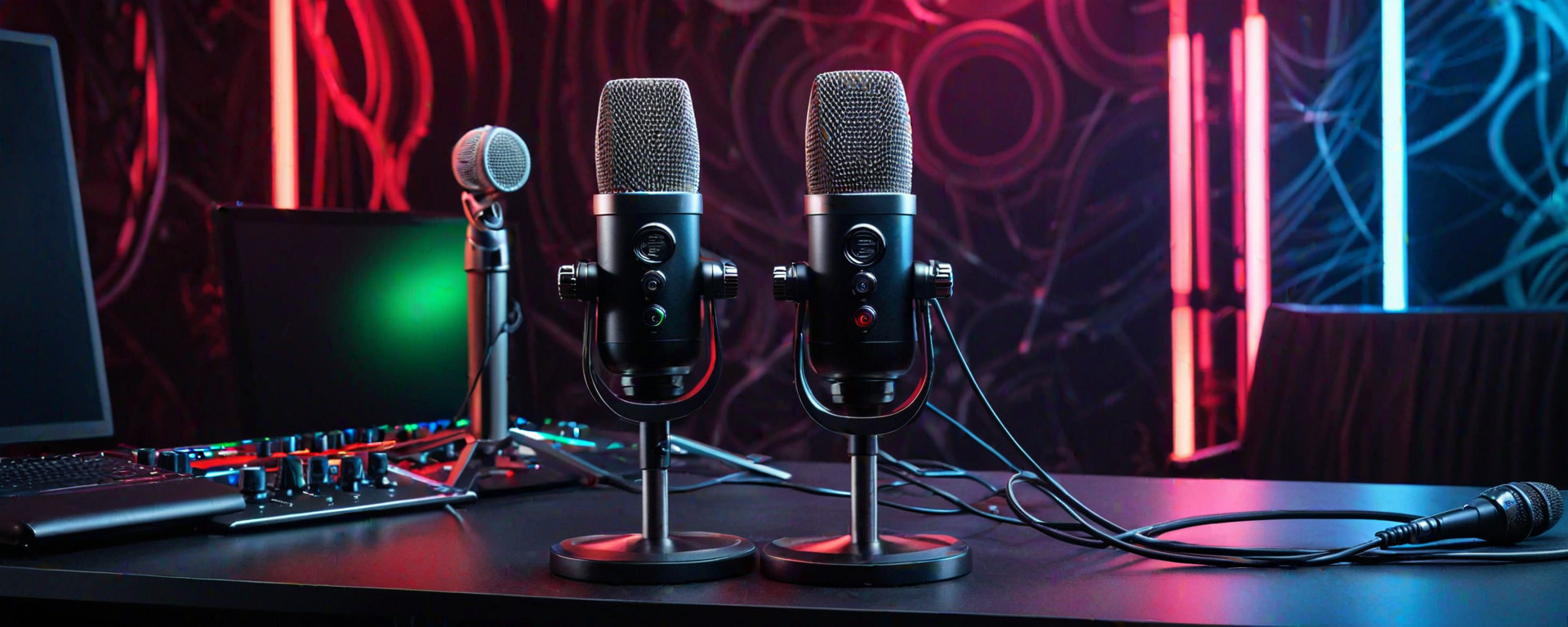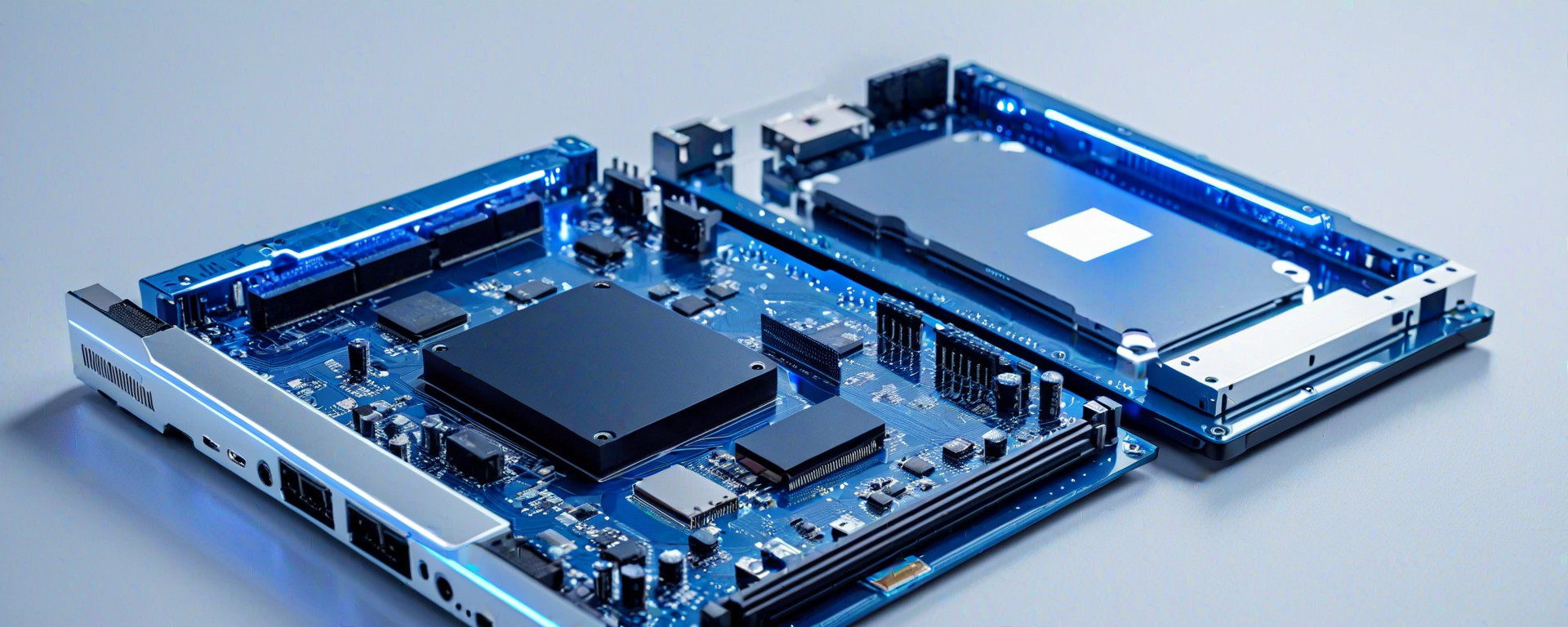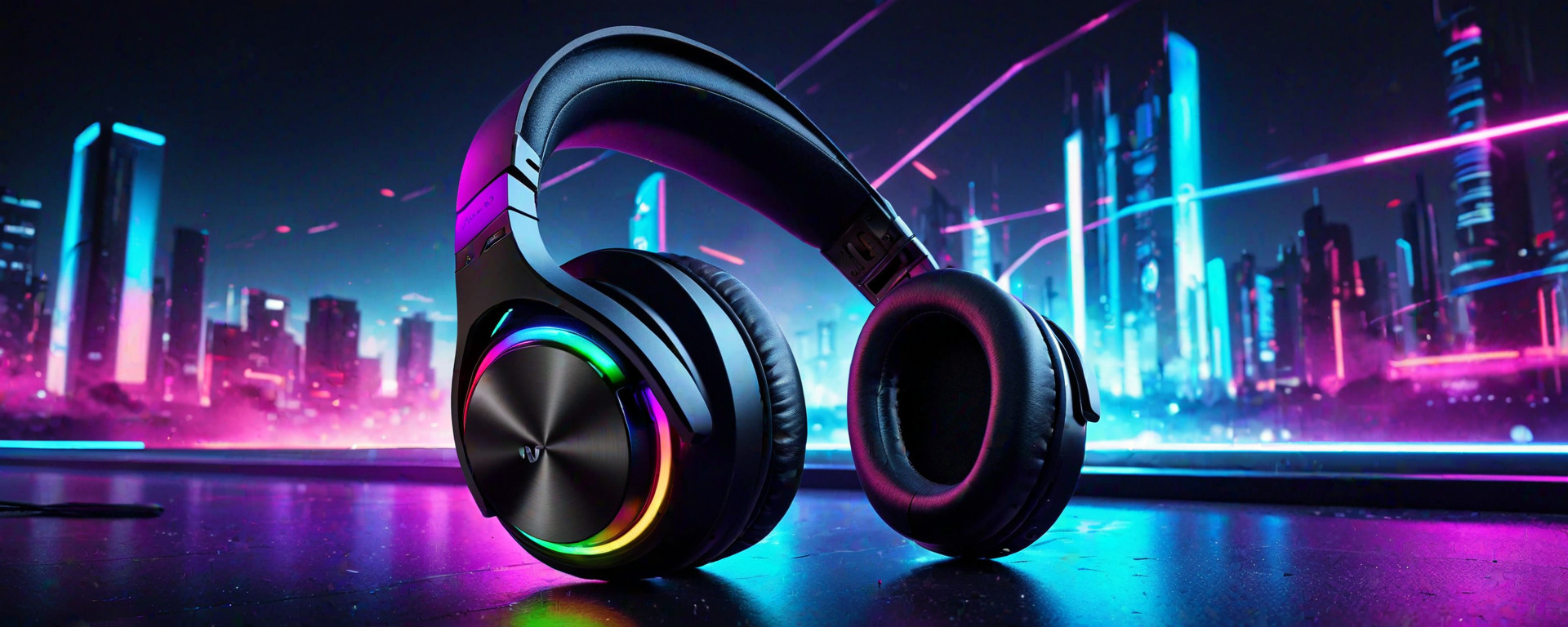Introduction to Microphones
Microphones are essential tools for capturing high-quality audio in various applications, including podcasting, broadcasting, live performances, and recording music. Whether you're a beginner or an experienced professional, choosing the right microphone can significantly impact your work's success.
This article covers different types of microphones such as USB, XLR, condenser, and dynamic microphones. We will explore their features, benefits, use cases, technical specifications, performance benchmarks, real-world scenarios, case studies, troubleshooting tips, and frequently asked questions to help you make an informed decision.
Types of Microphones
USB Microphones
Features: USB microphones are plug-and-play devices that connect directly to your computer via a USB cable. They require no additional hardware and can be used with various software programs for recording, streaming, or podcasting.
- Plug-and-play convenience
- Voice chat compatibility (Skype, Discord)
- Easy to set up and use
XLR Microphones
Features: XLR microphones are professional-grade devices that typically require an audio interface or mixer for operation. They offer high-quality sound recording capabilities with a range of options available.
- Versatile connectivity options
- High sound quality and durability
- Professional-grade features (e.g., cardioid pickup pattern, low noise)
Condenser vs. Dynamic Microphones
Sound Quality: Condenser microphones capture a wide frequency range with high sensitivity, making them ideal for recording vocals and instruments in studios or home settings.
- Capture subtle nuances and details
- Suitable for vocals and acoustic instruments
- Vulnerable to humidity and handling noise
Dynamic Microphones: Dynamic microphones are rugged, durable devices that excel in live performances due to their ability to handle high sound pressure levels.
- Tolerant of loud environments (e.g., concerts)
- Less sensitive to changes in temperature and humidity
- Suitable for drums, guitar amplifiers, and speech recording
Technical Specifications
USB Microphones
Impedance: Impedance is the electrical resistance to alternating current in a microphone. Lower impedance values (typically below 150 Ohms) are ideal for USB microphones as they allow better signal transmission.
Sensitivity: Sensitivity measures how well a microphone converts sound waves into an electrical signal. High sensitivity ensures clear and detailed recordings, especially in quiet environments.
Frequency Response Range: The frequency response range indicates the frequencies that a microphone can capture accurately. A wider range (typically between 20 Hz to 20 kHz) is desirable for capturing all nuances of sound.
XLR Microphones
Output Impedance: Output impedance refers to how much resistance an XLR microphone presents when transmitting its signal. Low output impedance values (typically below 600 Ohms) ensure better compatibility with audio interfaces and mixers.
Input Impedance: Input impedance is the electrical load presented by a device that receives signals from an XLR microphone. Higher input impedance values (above 15,000 Ohms) are ideal for maintaining signal integrity.
Phantom Power Requirements: Phantom power supplies voltage to condenser microphones via their cables. It's crucial to ensure compatibility between your microphone and the phantom power supply.
Comparison Table
| Mic Type | Impedance (Ohms) | Sensitivity (dB SPL/mV) | Frequency Response Range (Hz) |
|---|---|---|---|
| USB Microphone A | <150 | 42-68 | 20-20,000 |
| XLR Microphone B | <600 | N/A (Dynamic) | 50-18,000 |
Performance Benchmarks
Testing Conditions: We conducted tests in both quiet and noisy environments to assess the performance of USB and XLR microphones. The results are summarized below.
Quiet Environment Tests
- Clarity: USB microphones performed well with clear, detailed sound reproduction.
- Noise Cancellation: Both types demonstrated good noise cancellation capabilities in controlled settings.
Noisy Environment Tests
- Background Noise Suppression: XLR microphones showed superior performance in suppressing background noise compared to USB models.
- Overall Audio Fidelity: The difference was minimal, but XLR microphones offered slightly better audio fidelity due to their professional-grade features.
Real-World Scenarios & Case Studies
Podcasting: USB microphones are popular among podcasters for their ease of use and plug-and-play convenience. Users can easily connect them to their computers and start recording without additional setup.
Vocal Recording: XLR condenser microphones are preferred by musicians and vocalists due to their ability to capture detailed nuances in sound, making them ideal for studio recordings.
Case Study: Podcasting with USB Microphones
- User: John Doe
- Microphone Model: XYZ Brand USB Mic
- Description: John uses the XYZ Brand USB microphone to record his weekly podcast. He praises its ease of use and sound quality.
Troubleshooting Common Issues
- Noise Interference: Check for loose connections or interference from nearby electronic devices. Use noise gate features in software if available.
- Poor Sound Quality: Ensure proper setup and calibration of your microphone and audio interface (if applicable). Adjust gain settings to optimize sound quality without distortion.
FAQ Section
- What are the best USB microphones for beginners?
Popular choices include models from Blue, Samson, and Audio-Technica. These brands offer affordable options with good sound quality.
- Can I upgrade from a basic USB mic to an XLR model?
Yes, you can upgrade by purchasing an audio interface or mixer compatible with your new XLR microphone. Consider investing in phantom power supplies if needed.
Conclusion
Selecting the right type and quality of microphone is crucial for achieving optimal results in various applications. This comprehensive review has provided detailed insights into USB, XLR, condenser, and dynamic microphones, along with their technical specifications, performance benchmarks, real-world scenarios, case studies, troubleshooting tips, and frequently asked questions.
Based on the information presented, we recommend specific models for different use cases:
- Beginners: Opt for USB microphones like those from Blue or Samson due to their ease of use and affordability.
- Professionals: Invest in high-quality XLR condenser microphones such as models from Shure, AKG, or Sennheiser for professional-grade sound recording capabilities.



